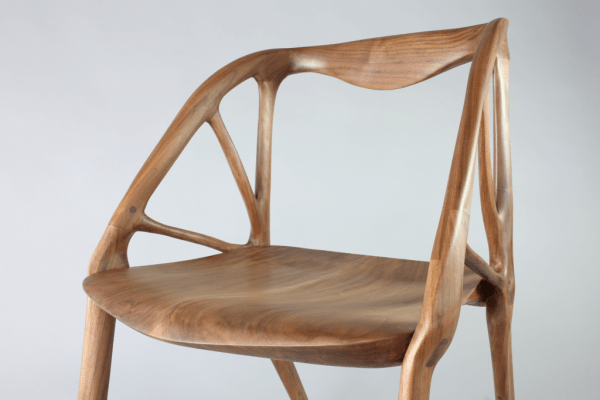It’s easy to see machine learning as a creativity-killing, bubble-inducing agent invading our Facebook News Feeds and dumbing-down our Netflix habits. But increasingly, machine learning is finding a home helping humans break their own internal biases to enhance rather than subjugate creativity. Autodesk’s Generative Design tool in Netfabb 2018 is the latest example of this. The software takes in engineering constraints and generates a bunch of potential designs that can either be immediately put to use or used as a jumping-off point for new creations.
Autodesk has been pursuing generative design for some time now under the code name “Project Dreamcatcher.” The research work is now being commercialized for the first time as a cloud-based tool for additive design — think 3D printing over CNC.
Autodesk built a simulation engine to mechanically simulate parts and their geometry. These simulations run with an understanding of structures and the requirements of different engineering processes.
Building off a space of sample product aesthetics, Autodesk can generate 3D visualizations to illustrate what happens when different designs are combined under the same constraints. Autodesk explains that these constraints can include size, weight, strength, style, material and cost.
Once designs are generated, they can be opened within other Autodesk software and altered. Designs can serve as inspiration for the meticulous or final prototypes for the time-constrained.
“If you can start with existing designs and ideas, you can be creative at a higher rate,” Ben Schrauwen, Director, additive products and manufacturing platform at Autodesk, explained to me in an interview.
The company is working with Stanley Black & Decker and Airbus on internal projects. The tool has already shown promise in helping engineers think up unorthodox designs to meet tough-to-design-around engineering criteria.
Autodesk is experimenting with using neural networks to learn aesthetic style. On the research side, the company continues to experiment with applying style transfer to 3D parametric models. Imagine if instead of making your selfie look like it was painted by Andy Warhol, you could alter a dining room table design from country French to mid-century modern in seconds.
“We don’t have the data like Google or Facebook, but the data we have is extremely valuable,” Schrauwen added.
Autodesk aims to continue to augment its software with AI — using machine learning as a common thread between hundreds of software tools to guide designers. Eventually the Generative Design tool will accommodate other types of manufacturing beyond just additive design.
